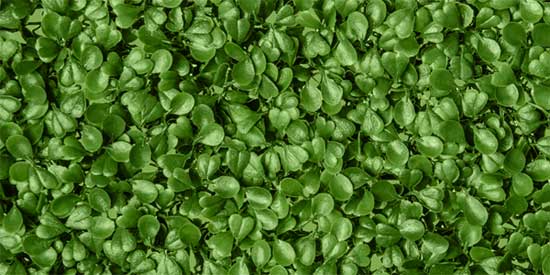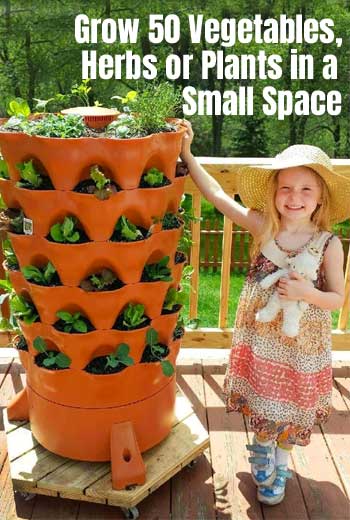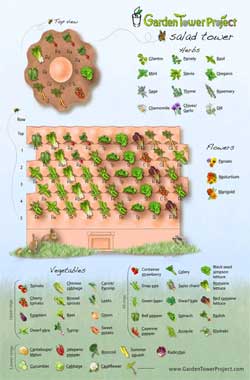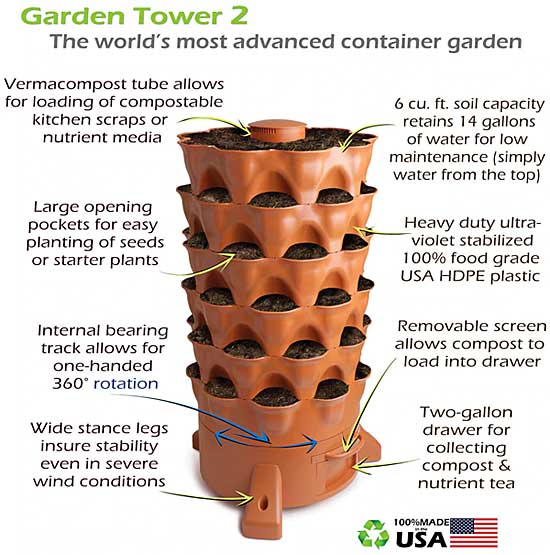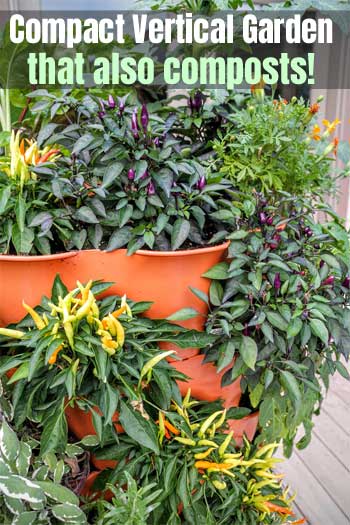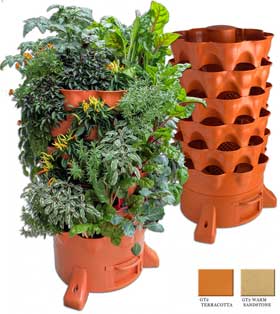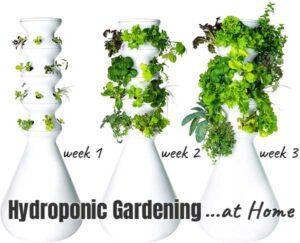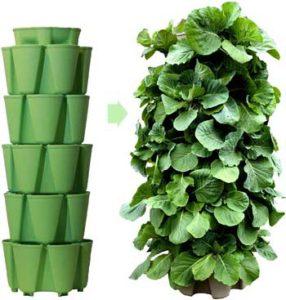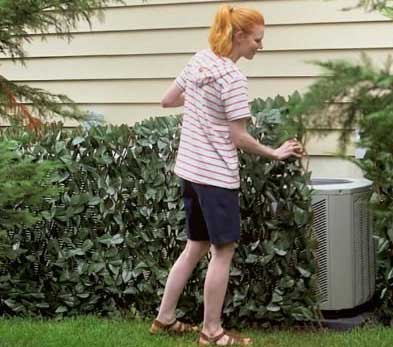 Many people buy a faux ivy fence to disguise trash cans, air conditioning units or to cover a chain link fence.
Many people buy a faux ivy fence to disguise trash cans, air conditioning units or to cover a chain link fence.
In addition, they create simple privacy screens on gates and lattice while also adding lush greenery to your yard. You can also use them to neatly enclose open spaces under decking.
Furthermore, they can act as a shade canopy on a pergola or trellis. In other words, they can add lots of beauty to your home while also being ultra functional.
Why Do People Like Artificial Ivy Fencing?
1. You can install Ivy Screen Walls in Minutes
First of all, these pre-made expandable ivy panels are a DIY homeowner’s dream because they are easy to install and require no tools. You don’t need to search for the “right-sized” fencing for you. Simply expand or collapse the fence to your desired measurements. Then, buy additional panels as needed.
Note: Compared to a faux ivy fence roll, this garden screening has a strong wood lattice-like support system. Therefore, it stands up straight and lays flat without curling at the edges. (Or even needing another support structure at all.)

2. You Save Money by Using Faux Ivy
Secondly, they are super cheap compared to buying lots of live plants and building materials. Think of all the money you’ll save!
3. Artificial Foliage Takes Less Work
Third, a faux ivy privacy screen requires no maintenance, pruning or watering. You don’t have to spend time and money setting up an irrigation system, nor do you have to worry about dead leaves.
You can see the Compass Home expandable faux ivy privacy fence on QVC below. I like how they demonstrate several creative ways you can use the faux ivy leaf lattice. No wonder people buy multiple packs of them!
These expandable ivy fences allow you to easily create the look of hanging or climbing ivy quickly and easily. You can create an entire wall covering without waiting years for plants to grow. Have a bare, ugly wall? Consider making it green!
Specs for Faux Ivy Fence:
- Open Dimensions: 120″ x 16″
- Closed Dimensions: 50″ x 12″
- Weight: 12 lbs
- Expandable/Collapsible Design
- Use Indoors or Outdoors
- Package Includes: (2) Privacy Fences, 24 Zip Ties & Six Ground Stakes
- Get the Collapsible Ivy Fence Here
The Compass Home Ivy Privacy Fence Can’t Do Everything, Though.
All that said, the Compass Home faux ivy fence can’t do everything. For example, it’s firm, straight structure doesn’t make it easy to wrap around a thin or narrow post.
If you need a more flexible hedge, Best Choice Products makes a faux ivy privacy screen in 2 different sizes: 94″ long x 59″ wide and 94″ long x 39″ wide.
Furthermore, the Compass Home ivy does not fit well in small spaces, such as framing around a bathroom mirror. For projects such as these, you’re better off going with more flexible hedge panels.
Should You Use Artificial Hedge Panels Instead?
 In my opinion, NatraHedge makes more realistic looking “fake foliage”.
In my opinion, NatraHedge makes more realistic looking “fake foliage”.
They also UV protect the leaves so that they maintain their rich color twice as long as other faux hedges. This also helps them hold up better outdoors.
In addition, their artificial hedge panels look more dense and full. I prefer this look for creating interior living walls or areas that you can see up close.
In fact, many commercial and retail businesses use NatraHedge to decorate interior and exterior walls, and to me that speaks for itself.
Note: I show the boxwood hedge panels here. However, you can also get these 20″ x 20″ mats in different varieties including climbing ivy and lavender.
Similar to the Compass Home faux ivy fencing above, NatraHedge is easy to work with. You can adhere it to virtual any surface. Plus, you can bend it, cut it and wrap it around objects.
Specs for Artificial Hedge Panels:
- Dimensions Per Panel: 20″ wide x 20″ long x 1″ thick
- 12 Panels Per Box (Total 33 Square Feet per Package)
- Package Comes with Green Attachment Fasteners & Zip Ties
- Weight Per Panel: 8 ounces
- Life Span: 5-8 Years
- Manufacturer: NatraHedge
- Get the Hedge Panels Here

